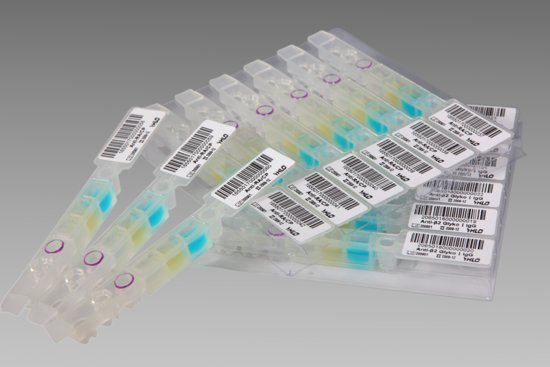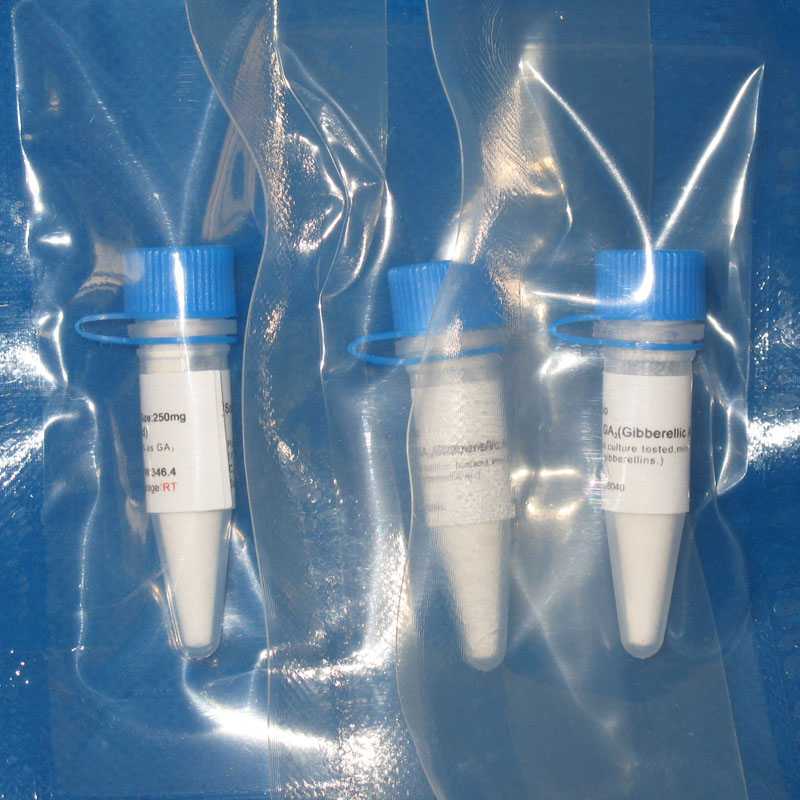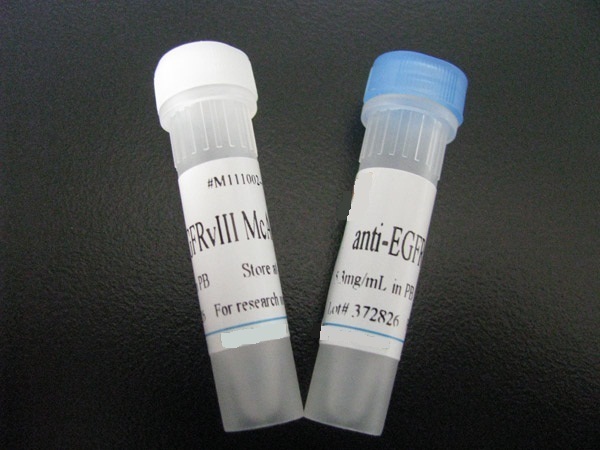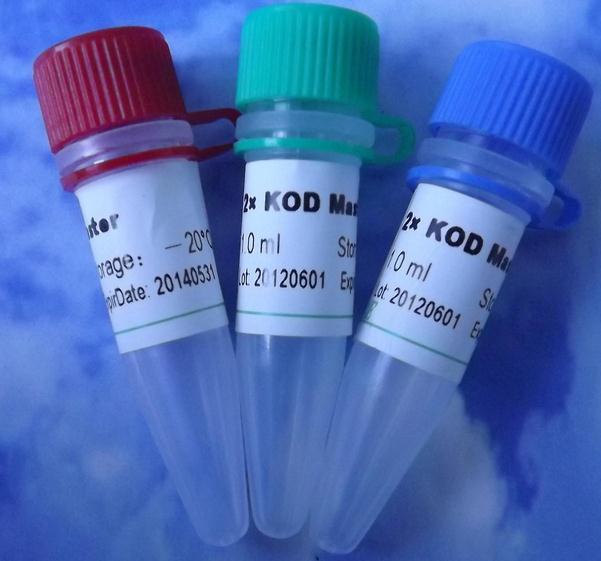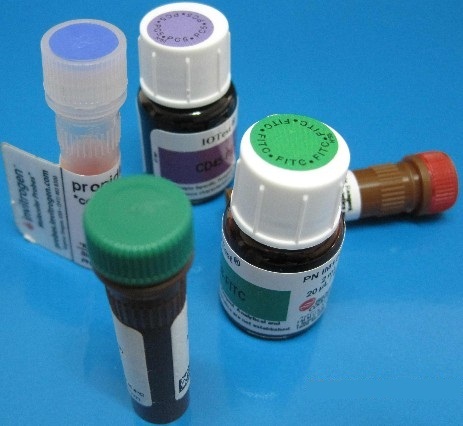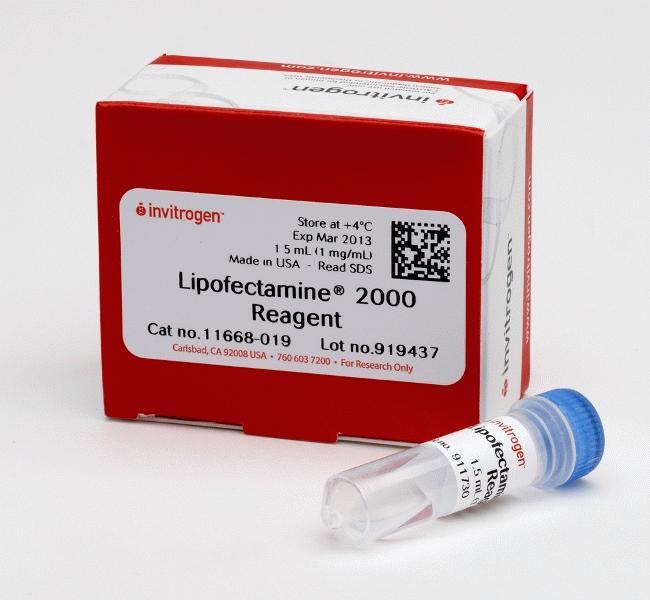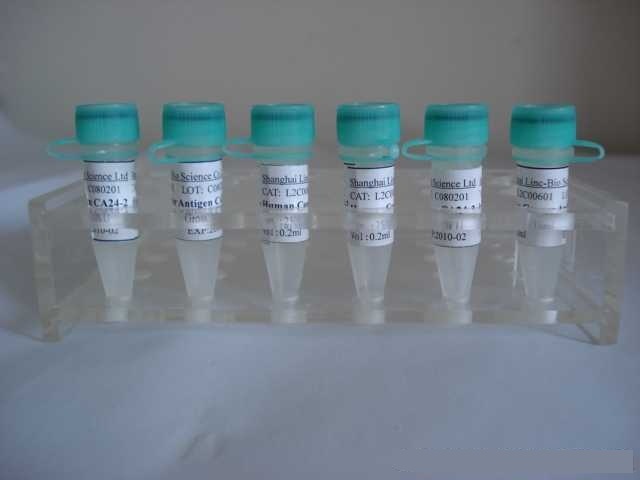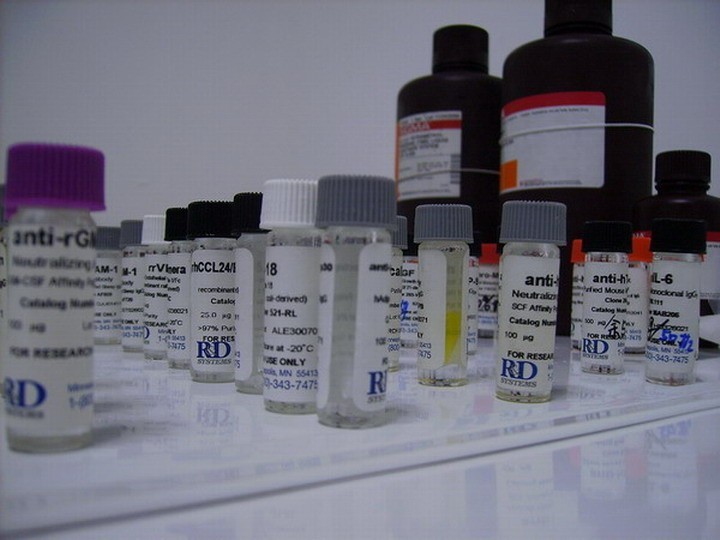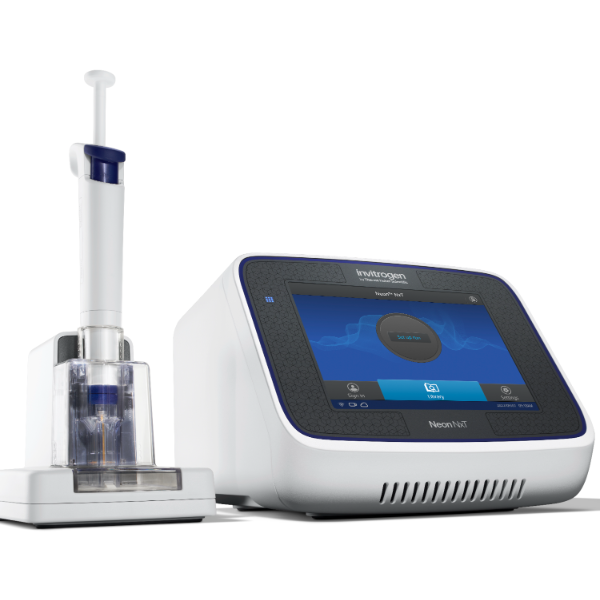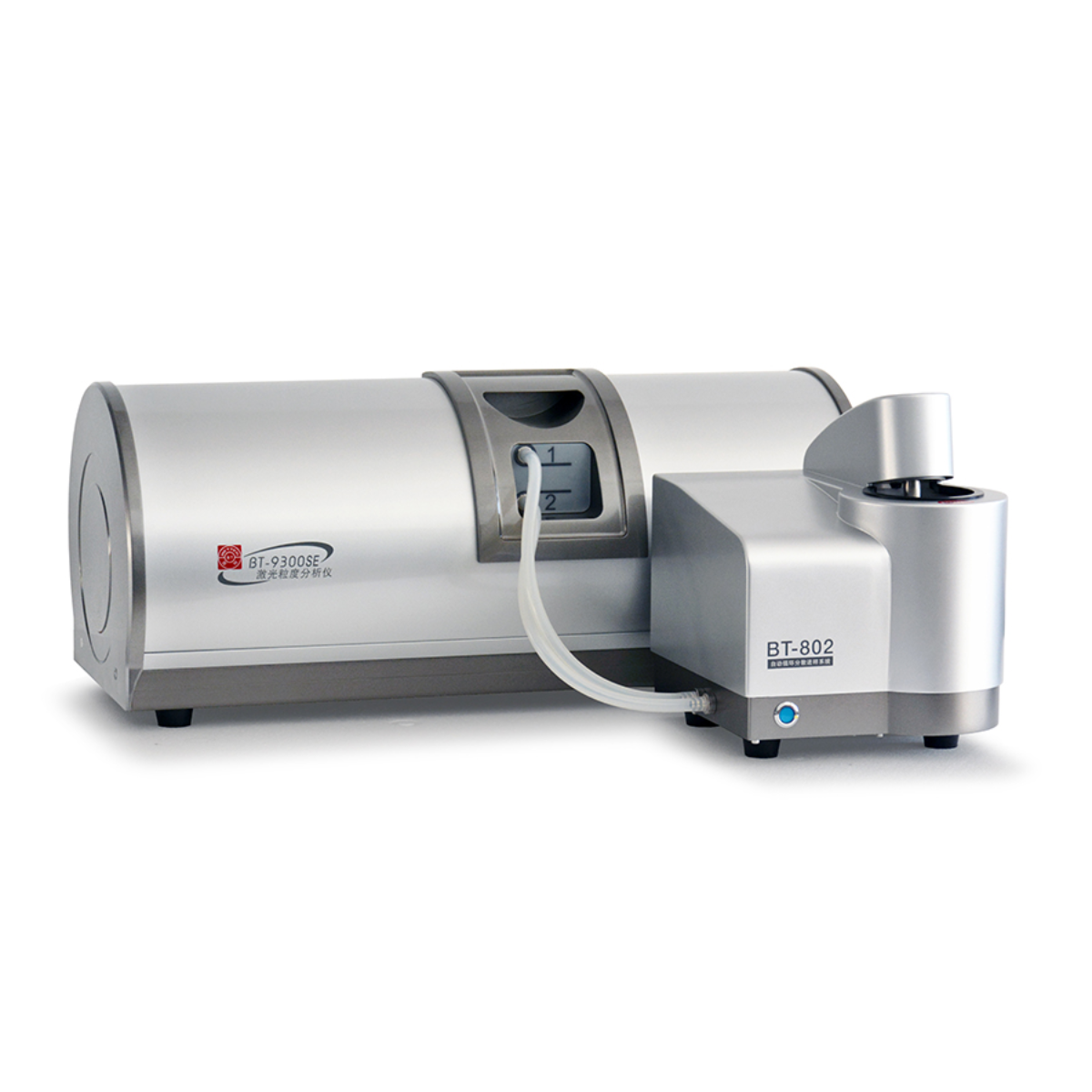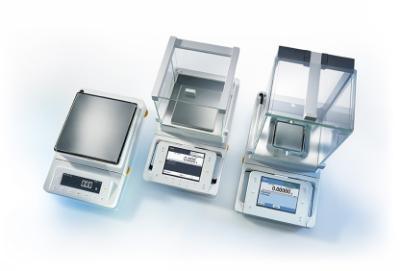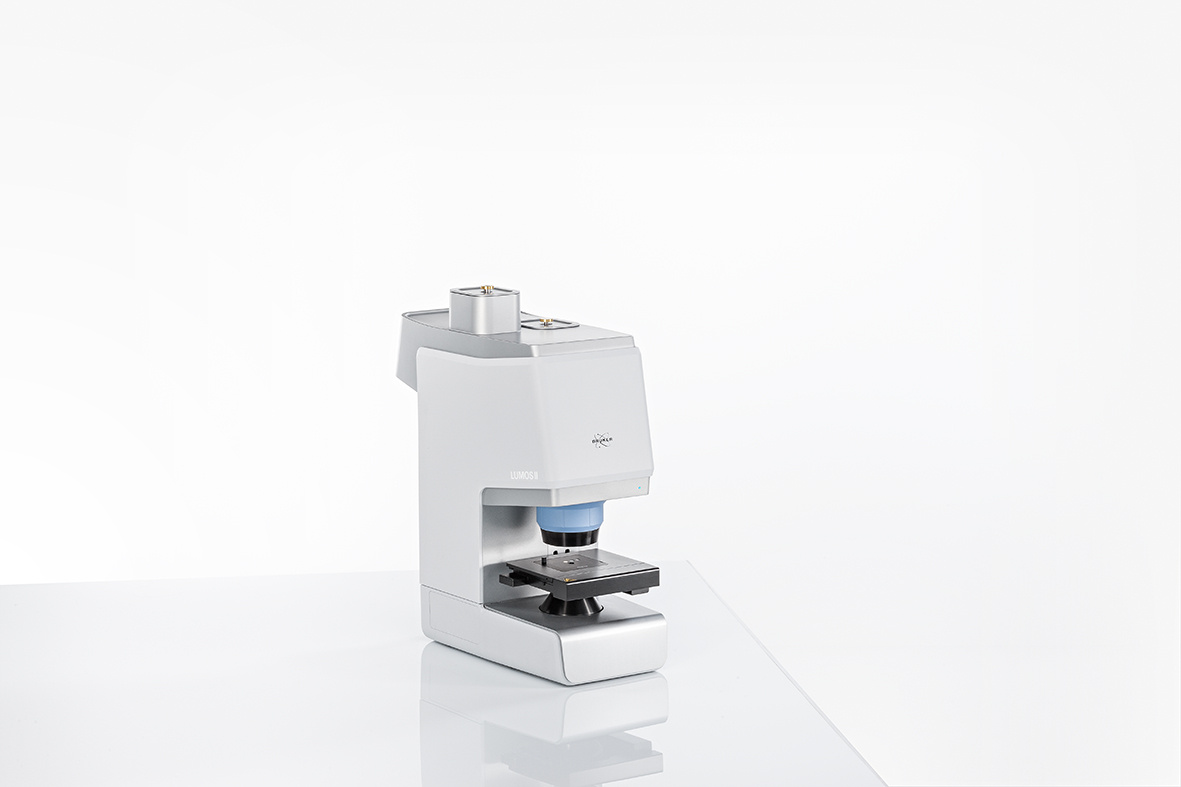4)经纯化制备的抗体在常用的缓冲液中是稳定的。其DH应保持在中性左右。如果pH在7-8之间,即使保存多年,对抗体也无损害。多数情况下,盐浓度适于保持在0-150mmol/L之间,但在长期存放的抗体中,盐溶液浓度高达500mmol/L时,对
抗体来源 Rabbit
克隆类型 polyclonal
交叉反应 Human, Mouse, Rat, Chicken, Dog, Cow
产品类型 一抗
研究领域 肿瘤 免疫学 信号转导 生长因子和激素
蛋白分子量 predicted molecular weight: 23kDa
性 状 Lyophilized or Liquid
免 疫 原 KLH conjugated synthetic peptide derived from human FGF20.
亚 型 IgG
纯化方法 affinity purified by Protein A
储 存 液 0.01M PBS, pH 7.4 with 10 mg/ml BSA and 0.1% Sodium azide
成纤维细胞生长因子20抗体产品应用 WB=1:100-500 ELISA=1:500-1000 IP=1:20-100 IHC-P=1:100-500 IHC-F=1:100-500 IF=1:100-500
(石蜡切片需做抗原修复)
not yet tested in other applications.
optimal dilutions/concentrations should be determined by the end user.
保存条件 Store at -20 °C for one year. Avoid repeated freeze/thaw cycles. The lyophilized antibody is stable at room temperature for at least one month and for greater than a year when kept at -20°C. When reconstituted in sterile pH 7.4 0.01M PBS or diluent of antibody the antibody is stable for at least two weeks at 2-4 °C.
Important Note This product as supplied is intended for research use only, not for use in human, therapeutic or diagnostic applications.
产品介绍 FGF20 is secreted heparin binding growth factor that is a member of the FGF family. FGF family members possess broad mitogenic and cell survival activities, and are involved in a variety of biological processes including embryonic development cell growth, morphogenesis, tissue repair, tumor growth and invasion by promoting cellular proliferation and differentiation. The gene for FGF20 was shown to be expressed in normal brain, particularly the cerebellum. FGF20 signals through the FGFR 2c and 3c and is expressed during limb and brain development.
Function : Neurotrophic factor that regulates central nervous development and function.
Subunit : Homodimer. Interacts with FGFR2 and FGFR4. Affinity between fibroblast growth factors (FGFs) and their receptors is increased by heparan sulfate glycosaminoglycans that function as coreceptors.
Subcellular Location : Secreted.
Tissue Specificity : Predominantly expressed in the cerebellum.
Similarity : Belongs to the heparin-binding growth factors family.
Database links : UniProtKB/Swiss-Prot: Q9NP95.1
![]()



